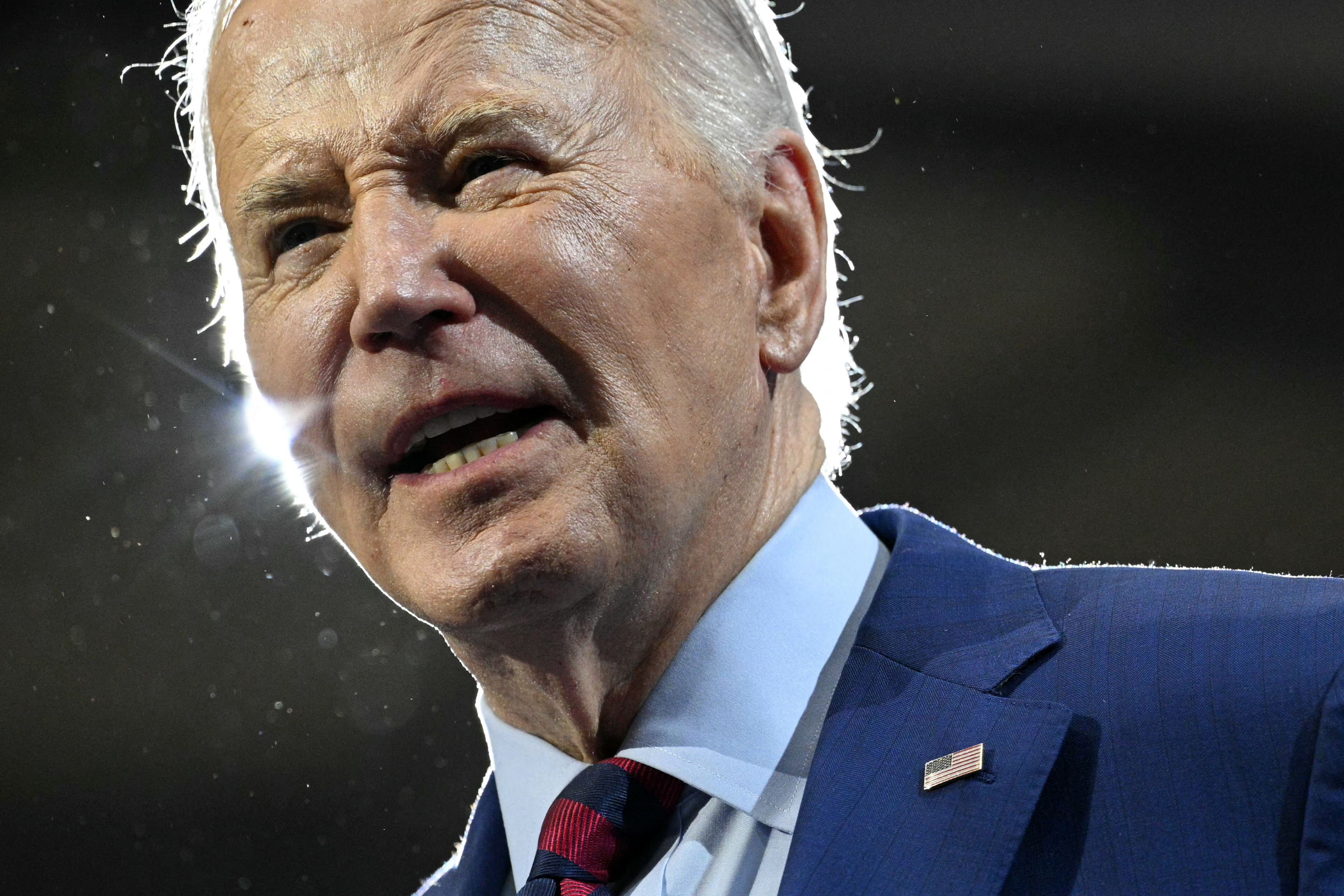
No one's talking about it, but an impending funding cutoff, if it occurs, could soon severely affect access to health care for some of the nation's most at-risk citizens.
In a study published earlier today, experts from the Milken Institute School of Public Health at George Washington University warn that unless a rarely cited but essential funding provision of the Patient Protection and Affordable Care Act (ACA) is renewed in 2015, the community health centers that provide primary care to over 25 million people will be forced to roll back services or, in many cases, shut down completely.
When the ACA went into effect in 2010, attention was focused on the individual insurance coverage mandate—the law that said, with a few exceptions, all U.S. residents would have to purchase health insurance coverage or pay a tax-based fine. This is what most people think of when they think "Obamacare," and it has led to intense emotional and philosophical responses on both sides of the aisle. These were only heightened during the 2013-2014 rollout of the online "marketplace," where, presumably, insurance providers would compete to provide quality, affordable coverage options.
The reality, though, is that these marketplaces affected only a small segment of the population. As of May 1, 2014, the Department of Health and Human Services has reported just over 8 million people have enrolled. That's only 2.5 percent of the total U.S. population—and recent estimates put the total number of uninsured at close to 50 million, or 15.8 percent. The federal Health Resources and Services Administration estimates that 60 million Americans live in areas without enough primary care physicians. Scarier still is that the U.S. population is growing, and aging, and the demand for primary care is expected to grow by about 17 percent in the next decade.
"There is this long-term time bomb ticking because there are lots of places across the U.S.—a fifth of the country live in what's called primary care shortage areas—where there aren't enough primary care doctors," says Dr. Leighton Ku, the director of George Washington University's Center for Health Policy Research and lead author of the recent study. "In recent years, the U.S. has not been turning out enough primary care doctors."
That's why community health centers are so essential. Millions of people don't get to see primary care doctors working in offices with comfortable waiting rooms. They go to community health centers, which serve all patients, regardless of their ability to pay, and which, as a result, rely heavily on a separate and much less well-known piece of the ACA.
Health centers of this kind are defined and governed by Section 330 of an old piece of legislation, the Public Health Service Act, signed into law by President Franklin Roosevelt in 1944. In it, they are called "grant-supported federally qualified health centers."
These are typically "primary care clinics that specialize in serving needy patients," says Ku. "Those are dominantly uninsured people and people on Medicaid. But it does vary—for example, in rural areas, in many cases a community health center is the only health care provider in town, so it serves everyone."
And it's not just rural areas, either. There may be plenty of private doctors' offices in Manhattan, Ku points out, but maybe not so many in the Bronx. "So even if you have an insurance card that says you're eligible, you can't find an office that's convenient, so you go to the community health center."
These health centers are sometimes called the "safety net" of the country's health care system because they catch the poor, the uninsured, the formerly incarcerated and those living in rural (and usually medically underserved) areas. They are also the "safety relief valve" says Ku. After state health care reform was passed in Massachusetts in 2006, he says, wait times and lists for seeing primary care doctors shot up—so community health centers stepped up and filled that gap.
They can provide basic care, but they can also provide much more specialized care (or at least identify serious problems and direct patients to the appropriate next steps). For example, Ku says, many people just getting out of prisons—a subset of the population that has significantly higher rates of many serious illnesses like mental health disorders and HIV—go to community health centers.
These community health centers save lives. But perhaps just as important on Capitol Hill, they also save dollars.
A 2013 report in California found that 90 percent of prisoners had no health care upon release from incarceration. The formerly incarcerated end up discontinuing their meds, delay seeing primary care doctors (out of concern for costs) and, as a result, end up in emergency rooms—where high treatment costs are passed on to everyone else via insurance premiums. Health centers can be the solution.
One example is the Transitions Clinic, formed in 2006. Operating in a number of locations across the country, it is a community health center that puts patients into the immediate care of a health care provider. The results are encouraging: Those who had gone through the clinic had 50 percent fewer ER visits than those who didn't.
Ku led a previous study showing results that back up those findings: His team compared patients who received care at community health centers with others who did not—controlling for all other factors—and found that health center patients had medical expenditures about one-quarter less than their peers. "Because they are getting good primary care, they can save something on specialty care, emergency room care and hospitalization," says Ku.
That's one big reason that, historically, the federal government has wanted these centers to stay funded and operational. In fact, Ku says there has been bipartisan support for the centers throughout history. "The Bush administration said they wanted to double their numbers. The Obama administration, with the ACA, pumped extra money in."
But as with any government program, the problem is funding. Community health centers are primarily funded through two avenues. The first is Medicaid, the health care program for low-income families and individuals, which will pay out claims generated by patients at the centers. Then there are the grants—some state, local or private, but most federal, and most coming specifically from the federal Bureau of Primary Health Care, which has $11 billion in mandatory funding as a result of the ACA.
According to the study, "These grants comprise the 'core' funding for community health centers, helping to provide access to uninsured patients, as well as supporting infrastructure and administrative costs and other critical services."
If the grant money disappears, so will the centers.
In 2012 (the last year exact numbers were reported), there were approximately 1,200 grantees, operating 9,000 community health center locations serving 21.1 million patients. The recent Milken Institute study projects that with current funding levels, combined with Medicaid expansion, that number will increase to 25.6 million patients in 2014. That's actually great news—it means more Americans are seeing doctors and likely staying healthier.
But the problem is that the mandatory funding will expire after September 30, 2015, unless legislators act to renew the appropriation.
"That money could just disappear," says Ku. "And given the current budget environment, that's a plausible outcome."
And if it does, we won't just claw back to 2012 numbers. We'll go well beyond them. The study projects that if health centers lose their funding (and no additional states do the Medicaid expansion), health center capacity would drop to 18.8 million by 2020. The reduction, says the study, "is roughly equivalent to the population of the state of Arizona, or the combined populations of Los Angeles, California and Houston, Texas."
On the other hand, if the funding is renewed, capacity could increase all the way to 36.1 million by 2020, according to the Milken Institute projections. That's over 10 million more patients getting the care they need.
All it would take, Ku says, is getting passed the stare-down conflict that characterizes Democratic and Republican relations today.
Uncommon Knowledge
Newsweek is committed to challenging conventional wisdom and finding connections in the search for common ground.
Newsweek is committed to challenging conventional wisdom and finding connections in the search for common ground.
About the writer
Elijah Wolfson is a Senior Editor at Newsweek, where he writes and edits on science, health, technology and culture. He is ... Read more
To read how Newsweek uses AI as a newsroom tool, Click here.








